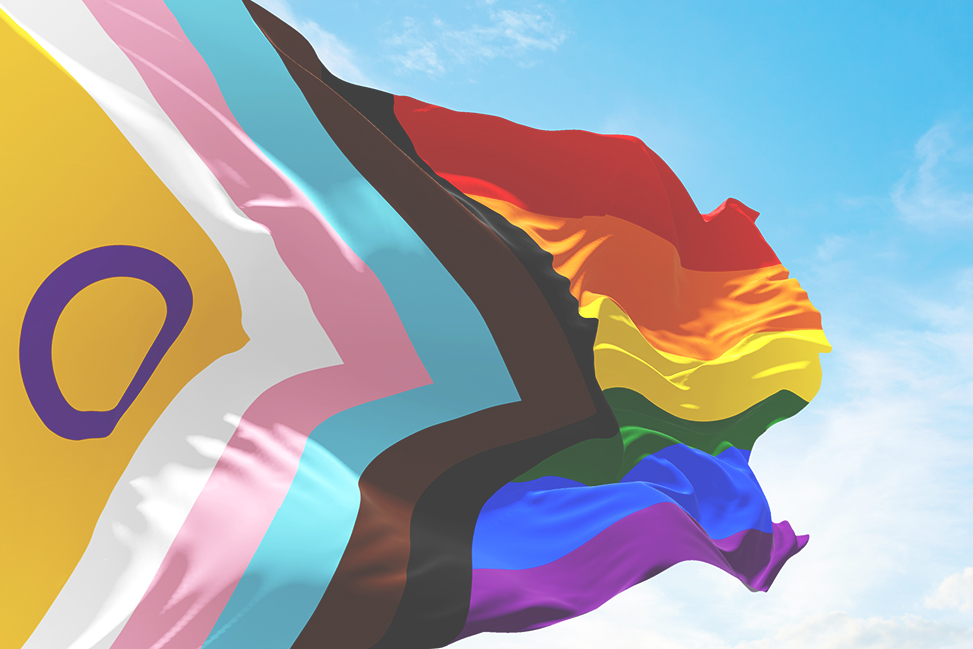Did you know that umami is one of the 5 types of flavors in food but was only recognized in 1985? Of course, this taste didn’t just appear in the 80s; it had always existed. We just put a name on it. This is a bit what happened with sexual orientations.
For a long time, we had an extremely limited vocabulary to describe a very complex science, and now that we realize this complexity, we add the necessary words. Here are some of them!
Pansexuality
A pansexual person is attracted to people of any gender. Their attraction is simply human-oriented. Obviously, that does not mean that they are attracted to everyone, in the same way that a homosexual man is not attracted to all men.
Omnisexuality
Similar to pansexuals, omnisexuals are attracted to people of any gender. The difference is that they make a distinction between them, whereas a pansexual person is what one might describe as “gender blind” when it comes to their attraction.
Polysexuality
A polysexual person is attracted to several genders, but not necessarily all of them. Unlike bisexual people, polysexuals are not necessarily attracted to people of the same gender. For example, a polysexual man might be attracted to agender, gender fluid, and women, but not to men, bigender, pangender, etc. (Not to be confused with polyamory, which refers to someone who can be romantically involved with multiple people at the same time, while all participants are aware and consenting. Polyamory is a relationship orientation, while polysexuality is a sexual orientation.)
Asexuality
Asexuals do not experience sexual attraction. In other words, they feel for all genders what heterosexuals feel for the same gender as them. Sexual desire and sexual attraction are two completely different things, so an asexual person can have a high libido, just as much as a person of another orientation can have a low one (and vice versa). It is also an umbrella term that includes several other orientations and micro-orientations. Orientations that are not part of the asexual spectrum are called allosexual.
Graysexuality
This is the gray area between asexuality and allosexuality. Graysexuals are individuals who experience sexual attraction very rarely or at very low intensity. Some of them may be sexually attracted to only one or two people in their lifetime. Making it part of the asexual spectrum.
Demisexuality
A demisexual person experiences sexual attraction only after a strong emotional connection has developed. So, for them, unknown human = not sexy, and close friend = possibly sexy. Demisexuality can therefore be considered as graysexuality, but graysexuals are not considered demisexual since they do not necessarily need an emotional connection to be sexually attracted to someone.
Fraysexuality
It is the opposite of demisexual. Fraysexuals are sexually attracted to people with whom they have no emotional connection. This attraction fades if a bond is created. However, that does not mean that all types of attractions disappear equally! Their romantic, aesthetic, or sensual attraction might remain the same.
Akoisexuality
Akoisexuality is when you feel sexual attraction to someone, but it fades if the attraction is mutual. This may sound problematic, but remember that people may want to sleep with someone even if they don’t find the other person sexually attractive. Whether it’s for an intimate connection, out of curiosity, or even just because it’s fun, if everyone involved consents, any reasons are good!
Reciprosexuality
Unlike akoisexuals, reciprosexuals can be attracted to someone only if that person is attracted to them first. Obviously, this does not guarantee that the attraction will always be mutual. The same way that a demisexual person is not attracted to everyone with whom they have a strong emotional connection.
Autosexuality
An autosexual person is attracted to themselves. (Not to be confused with narcissism, which is a personality disorder and has nothing to do with sexuality.) Even though autosexuals typically practice masturbation to satisfy their sexual urges, it’s not because you masturbate that you are autosexual. Autoeroticism is an action, autosexuality is an orientation.
Abrosexuality
Abrosexual people are individuals who’s sexual orientation is changing and fluid. Their attraction can therefore fit the definition of bisexuality one day, asexual the next day, heterosexual the next three days, followed by a homosexual moment, etc.
Androsexuality / Gynesexuality
Some people have an attraction to masculinity (andro) or femininity (gyne), regardless of gender (and sex). Since the concept of gender is a social construct, some characteristics are associated with femininity and masculinity, even if these characteristics do not determine someone’s gender. An androsexual person might therefore be attracted, for example, to a masculine woman, and someone who is gynesexual might be attracted to a feminine non-binary person.
These words are used to describe the way we experience sexual attraction, kind of like “happy”, “excited”, or “worried” are used to describe the way we feel. Some people don’t like to label their attraction, while others find comfort and community by doing so. Either way, more vocabulary is always a good thing.
Did you recognize yourself in any of these descriptions?








Leave a Reply